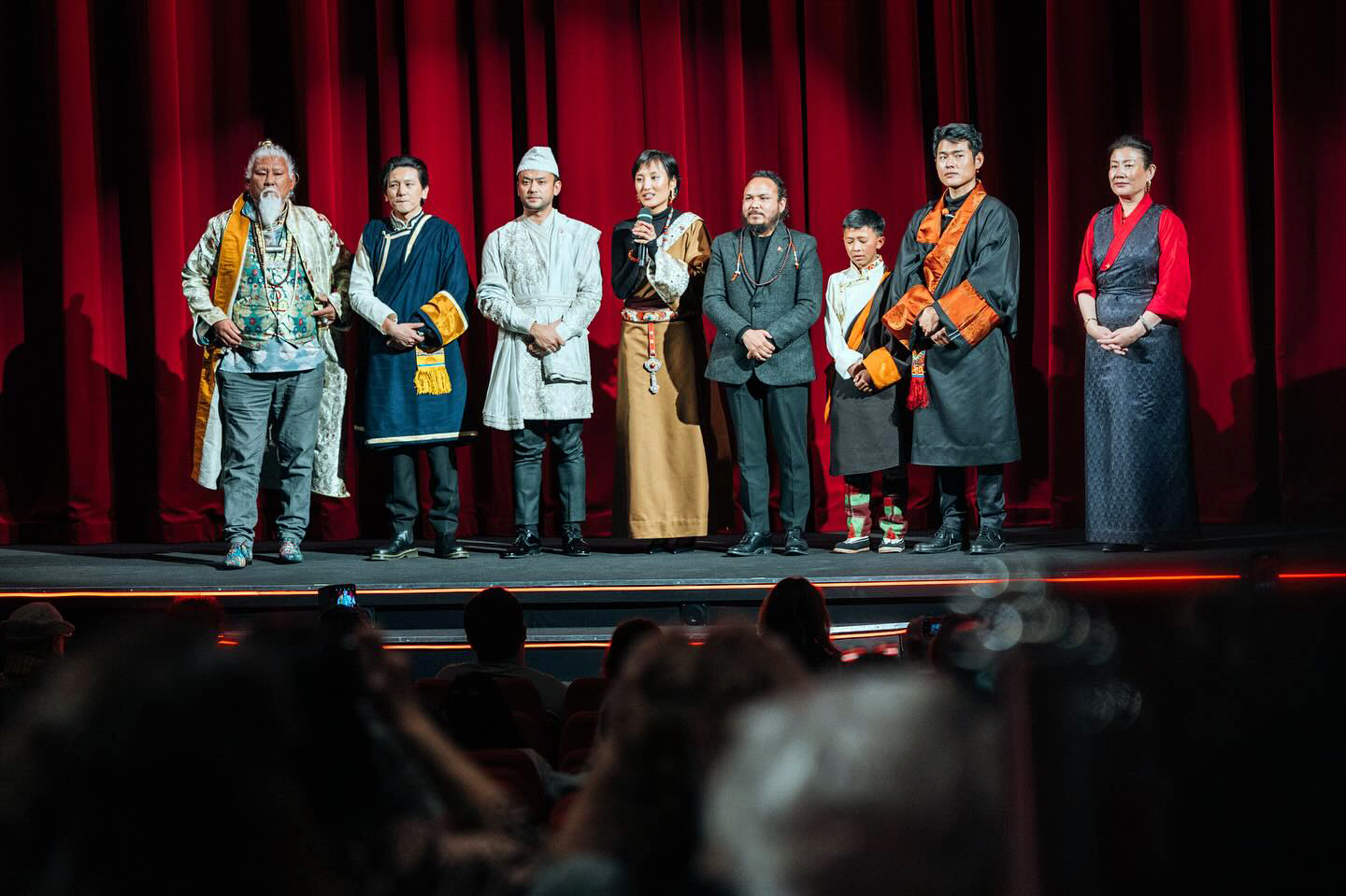

 23.01°C काठमाडौं
23.01°C काठमाडौं

Once primarily known for the Korean War (1950–1953), a devastating conflict that left the country in ruins and divided the Korean Peninsula. For decades, the world associated South Korea with war, political instability, and its geopolitical tension with North Korea. The South began rebuilding infrastructure and shaping industrial and technological development first. Now, it portrays its incredible transformation to the rest of the world through its cultural and creative industries, especially cinema.
Today, we can feel it in a visible way: Nepalese youths, especially teenagers, prefer to dress just like Korean celebrities, as we once used to get inspired by Bollywood celebrities. The rising number of Korean restaurants globally and the popularity of Korean dramas and movies are another manifestation of diplomatic soft power.
South Korea has become a global leader in film tourism, attracting millions of visitors to its iconic filming locations. The success of K-dramas, movies like Parasite (Oscar-winning), and global sensations like Squid Game have significantly boosted tourism. Namsan Tower, Bukchon Hanok Village, Starfield Library, Seongsan Ilchulbong Peak, Jungmun Beach, e.t.c. are attracting a rising number of international tourists after these locations were showcased on popular series on OTT platforms like Amazon and Netflix.
This is just an example of how film has emerged as a powerful tool to create the reputation of a nation worldwide. It does not just promote culture but also connects people worldwide and can change the dimension of international relations.
However, South Korea is not the first country to use cinema as a tool for diplomacy. During the Cold War, the U.S. used Hollywood films and documentaries to promote American values globally. Similarly, the Soviet Union employed state-sponsored films to promote communist ideology and contrast it with Western capitalism. France, through organizations like Alliance Française, has long utilized cinema to project its culture and values worldwide, enhancing its soft power. China, the rising global power, has also invested significantly in cinema in recent years, aiming to promote Chinese values.
If we look at the Indo-Pak relation from the political landscape, then we would only find hostilities and acrimony. But at the same time if we look at it culturally, then we can see a warm relationship among people. Thanks to the cross-border influence of Bollywood and the popularity of Pakistani singers in India.
I would like to recall the late 2000s when Americans used to judge the whole Arab continent through the lens of Western media houses. Then, Al Jazeera came forward to produce several impactful documentaries that challenged these narratives to tell stories from the Arab world.
Nepal, for its part, should consider taking film diplomacy seriously. Our policymakers should make a sustainable and smart policy to promote our unique and diverse culture, natural landscapes, values, food, customs, language, and heritage, rather than impose unnecessary restrictions on independent filmmakers through a messy sensor process.
In recent years, ‘Gau Aayeko Bato,’ which had its world premiere at the Toronto International Film Festival, ‘Shambala,’ competing at the Berlin International Film Festival, and ‘Rajagunj,’ screened at the Venice International Film Festival, indicate the quality of Nepali filmmakers. These successes, and numerous short films and documentaries chosen for premier festivals, are a testament to Nepal’s ability to tell stories. But it is disheartening that the government has yet to fully embrace and support the diplomatic power of these films, especially when government representation at such festivals is minimal or non-existent.

There is no organized initiative on the part of government institutions to leverage these foreign achievements for diplomatic objectives or to elevate Nepal’s global reputation. Film festivals are often seen as a private matter, with little diplomatic backing from the government.
However, the positive sign is there is a growing number of government officials who regularly attend such functions personally with filmmakers to promote their achievements globally. The growing number of film festivals in the country is further providing filmmakers with a platform to display their talents, fostering film literacy, and generating pressure on the government to develop suitable policies for the independent film industry.
At a local level, the greatest deterrent is the unavailability of training in formal films and educational programs, leaving aspiring filmmakers to struggle without adequate resources or exposure. Concerned authorities need to under that many inspiring independent filmmakers can’t have access to capital and production units and without a comprehensive foundation, the majority of potential talent remains vulnerable to fend for themselves.
Underdeveloped infrastructure of Nepal’s film industry—from production houses to distribution outlets— also stops movies from being their best selves, stifling creativity, and keeping Nepal’s stories hidden from the eyes of the rest of the world. If things remain unchanged, the Nepali film industry will lose an opportunity to take flight.

The Nepal government should actively involve itself in promoting the success of Nepali films at international festivals by providing diplomatic representation. A government representative or ambassador should be present at major international festivals where Nepali films are being showcased. Setting up a department of film diplomacy within the Foreign Ministry or similar body would further speed such initiatives, which could work to elevate the country’s film industry on the world stage and foster better international relations through cultural exchange.
Investment in film education and literacy is also important. Film schools and film appreciation classes can teach the next generation of filmmakers not only technical aspects but also how films represent the culture, history, and identity of a nation.
Think about the day when all the children of Nepal are taught to appreciate the power of film as a communication and expression art.
Financial support to filmmakers is equally a crucial step. Grants, funding schemes, and a National Film Fund would provide the finance needed to develop good movies. Financial support for filmmakers to travel to foreign film festivals would also provide them with the exposure they require.
Finally, the government should collaborate with embassies to have Nepali film festivals promoted in foreign countries, and to showcase the quality of Nepali cinema. Nepali producers would get room for international co-productions with foreign filmmakers and with film festivals as well, and they could open up foreign markets and access foreign capital. With adequate support, Nepal’s filmmakers can go ahead and narrate tales that move hearts all around the globe, placing the nation solidly on the cultural map of the world.